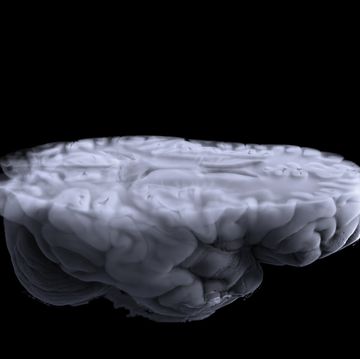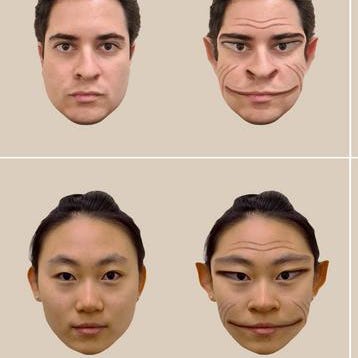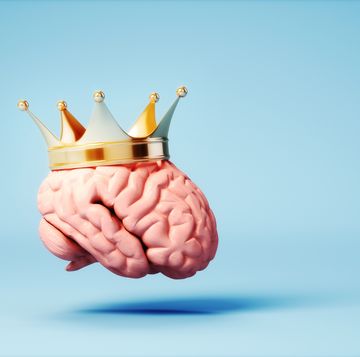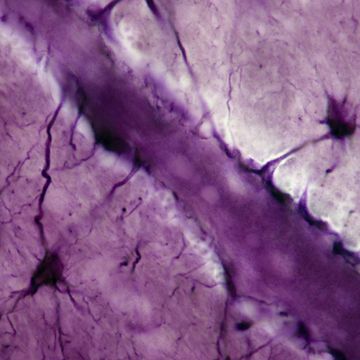Many of the life-saving electronics surgeons can now implant in the human body—pacemakers that correct abnormal heart rhythms, deep brain stimulators that treat Parkinson's, neural stimulators that provide relief to patients with epilepsy—require battery changes every few years. Battery replacement requires surgery, which can be expensive for the patient and unavoidably creates some risk of infection or other complications.
A new device can recharge medical implants using the body's own motion, and may one day make battery-replacement surgery obsolete.
The device, described in this week's Proceedings of the National Academy of Sciences of the United States of America, is composed of a metal nanoribbon embedded in a flexible, ultrathin plastic. It's about the size of a postage stamp but longer and narrower. "It's almost like Saran Wrap," says John Rogers, the University of Illinois materials scientist who led the research. "It can cling to the surface of an organ."
Rogers' group worked with doctors at the University of Arizona to sew the device onto the heart, lungs, and diaphragm of living sheep, cows and pigs. The nanoribbon, made of a material called lead zirconate titanate, generates electricity under mechanical stress. As it bends and stretches along with the moving organs, it generates up to 8 volts of electricity, and with currents three to five orders of magnitude greater than in previous tests with live animals. The device stores the current in a miniaturized battery that a pacemaker can plug into. Rogers says the device was able to power a few off-the-shelf pacemakers.
Zhong Lin Wang, a materials scientist at Georgia Institute of Technology, predicts that within five years, devices like this will drive pacemakers and implanted monitors for blood pressure and blood sugar. Wang was not involved in the current study.
So far, Rogers and his colleagues have implanted the energy harvester for a just few hours to see if it works. Now they've received funding to do longer-term studies in animals to monitor the electricity output over several months and make sure it's safe and biocompatible. For the device to be useful in humans, it needs to be not only safe but also able to outlive the batteries on the market. That will be a challenge, Rogers says, because a typical pacemaker battery can go five to 10 years without needing a replacement.
If the device continues to perform well on the followup studies, Rogers suggests that we may one day see energy harvesters implanted in arm and leg muscles, skin, or pretty much any organ that moves. The output from multiple harvesters could be combined to supply electricity to even more powerful biomedical implants and could inspire the development new body-powered electronic devices.
"This opens the possibility of fully utilizing the mechanical energy in [the] human body for sustainably driving biosenors and biodevices," Wang wrote in an email to PopMech.
And the best part, says Rogers, is "we're not even pushing the limits yet."













